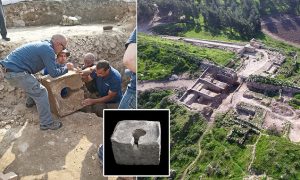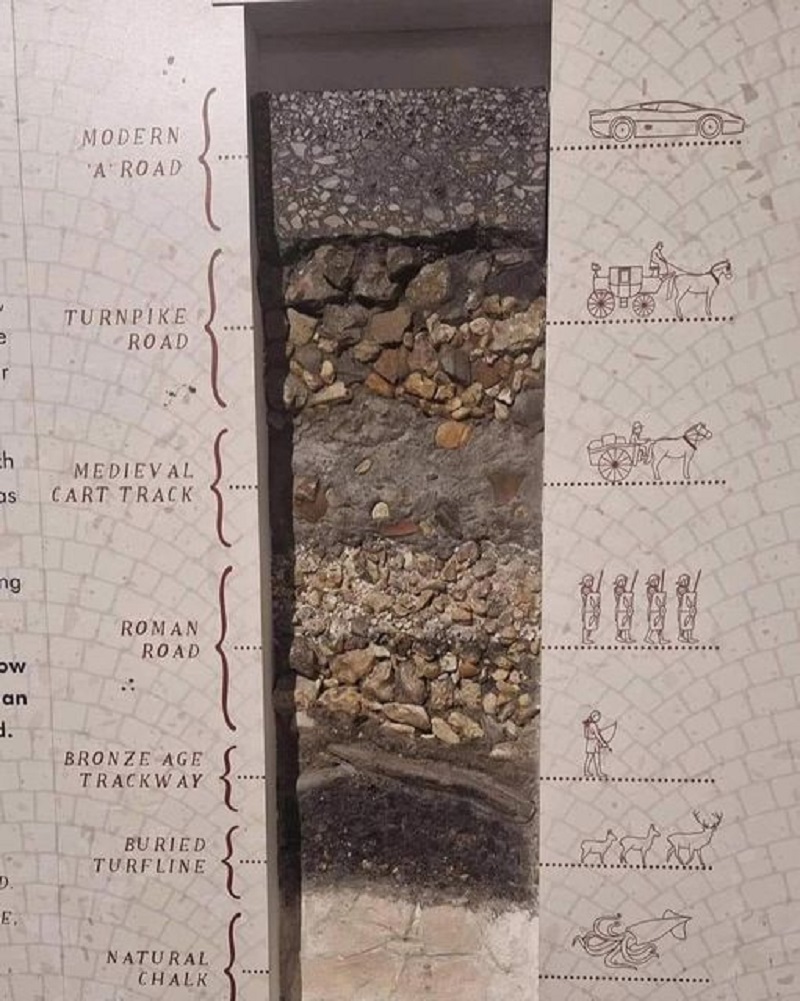
In the tapestry of England’s landscapes, the A303 road stands as a prominent thread, weaving through millennia of history and heritage. Recently, a captivating image emerged, revealing the layers of time etched upon this iconic route. This article embarks on a journey through the ages, uncovering the rich history behind A303’s transformation from ancient pathways to modern thoroughfares, while also contemplating the challenges and opportunities that lie ahead.
Body: Tracing the Path of A303 Through Time
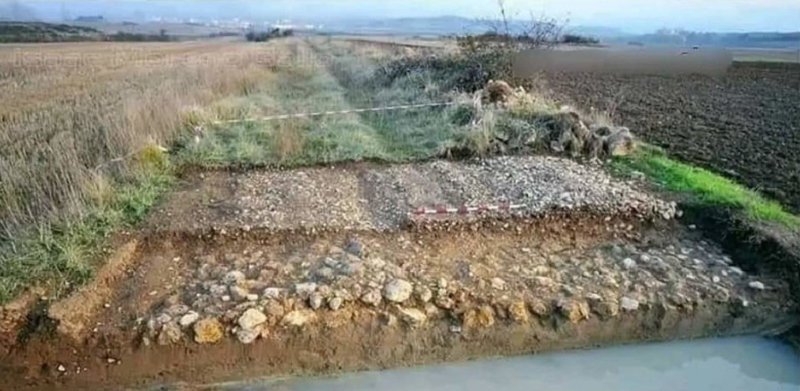
The origins of A303 harken back to a time when early inhabitants traversed the land, guided by natural features like chalk ridges and river valleys. These primitive tracks, dating back to prehistoric eras, formed the foundation upon which subsequent civilizations would leave their mark. From the Roman era, with roads like the Fosse Way and the Portway linking vital settlements, to the medieval period, when routes like the Harrow Way and the Herepath emerged to serve pilgrims and traders, A303’s path is imbued with the echoes of ancient travelers.
Navigating Challenges and Opportunities in Modern Times

As England progressed through the ages, so too did the demands on its transportation infrastructure. The Georgian and Victorian eras witnessed the expansion and improvement of the road network, catering to emerging modes of transport like coaches and railways. However, with the advent of motor cars in the 20th century came new challenges, as increased traffic led to congestion and the need for upgrades. Notorious sections near landmarks like Stonehenge became focal points for debates on balancing heritage preservation with modernization.
Towards a Balanced Future: The Debate Over A303’s Evolution

Today, the future of A303 hangs in the balance as proposals for improvement intersect with concerns for heritage conservation. The latest plan, including a tunnel under Stonehenge, reflects efforts to enhance connectivity while mitigating the impact on archaeological treasures. However, this ambitious scheme is not without controversy, with stakeholders divided between supporting the project’s aims and advocating for the protection of the UNESCO World Heritage Site. As consultations and assessments continue, the road’s evolution remains a testament to the delicate balance between progress and preservation.
Conclusion: Reflecting on A303’s Journey Through Time
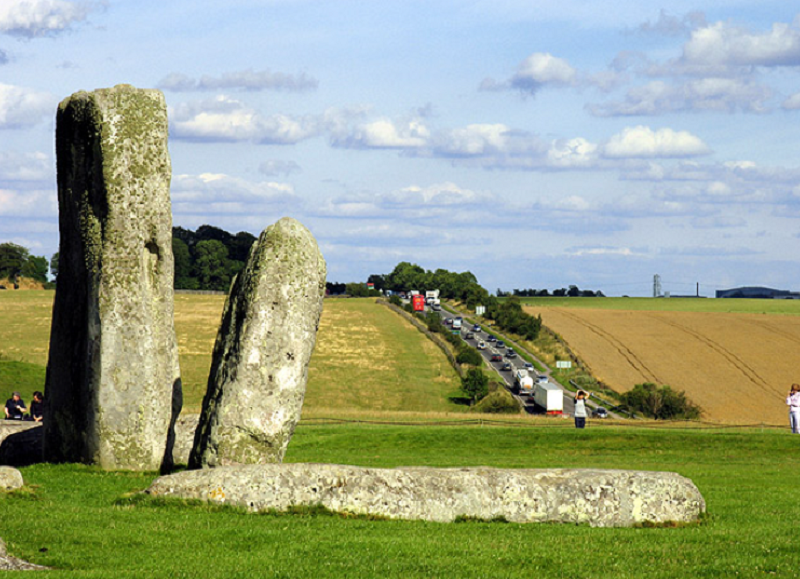
As we reflect on the saga of A303, it becomes clear that this road is more than just a thoroughfare; it is a living chronicle of England’s past, present, and future. From its humble beginnings as ancient pathways to its modern incarnation as a vital artery of transportation, A303 bears witness to the resilience and adaptability of human endeavor. As debates rage on about its evolution, let us tread carefully, mindful of the intricate tapestry of history and heritage that defines this iconic slice of England’s landscape.
Archaeological Insights: Unveiling Layers of the Past
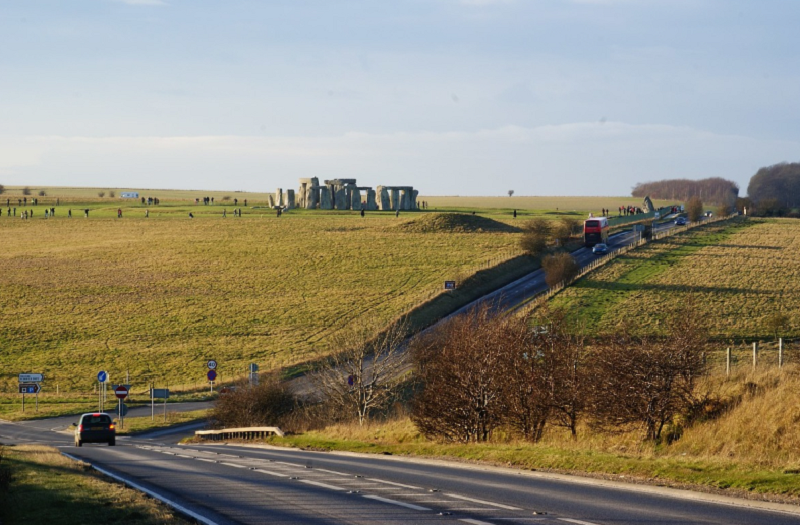

Beyond its role as a conduit for modern travel, A303 serves as a gateway to England’s rich archaeological heritage. Beneath its asphalt surface lies a treasure trove of hidden histories, waiting to be unearthed by diligent researchers and preservationists. As we contemplate the road’s future, let us not forget the lessons of the past, ensuring that progress is tempered by reverence for the ancient landscapes and civilizations that have shaped our collective identity. In preserving A303, we safeguard not only a route of connectivity but also a legacy of cultural and historical significance.





